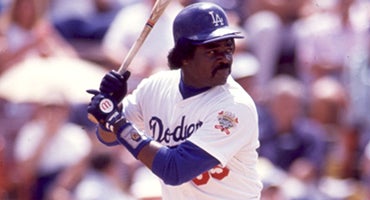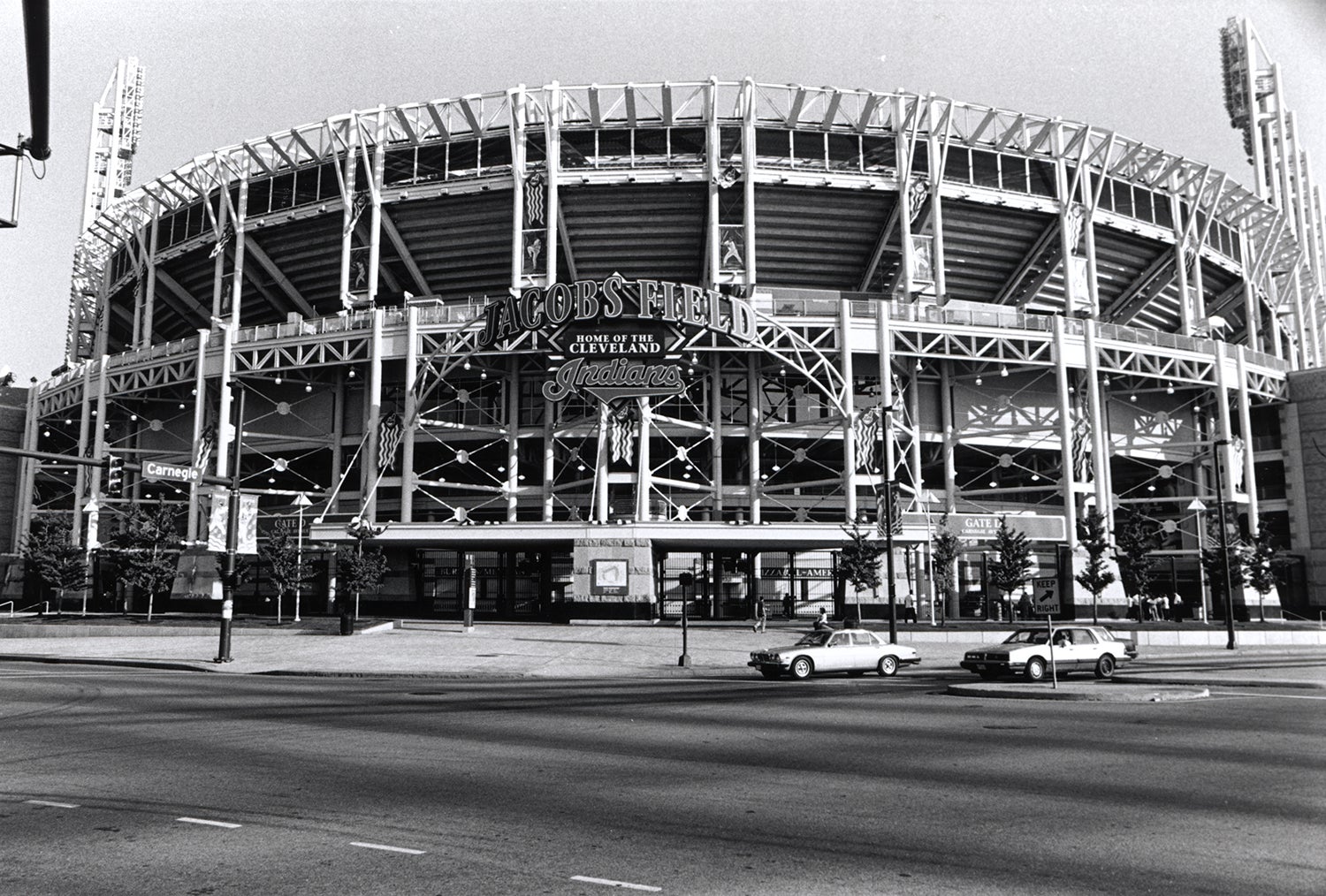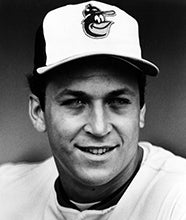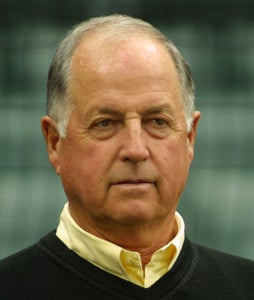- Home
- Our Stories
- Trade to Dodgers launches second half of Murray’s career
Trade to Dodgers launches second half of Murray’s career
The Los Angeles Dodgers won the 1988 World Series with a pitching performance for the ages.
Then, the Dodgers brought a Cooperstown-bound bat into their clubhouse.
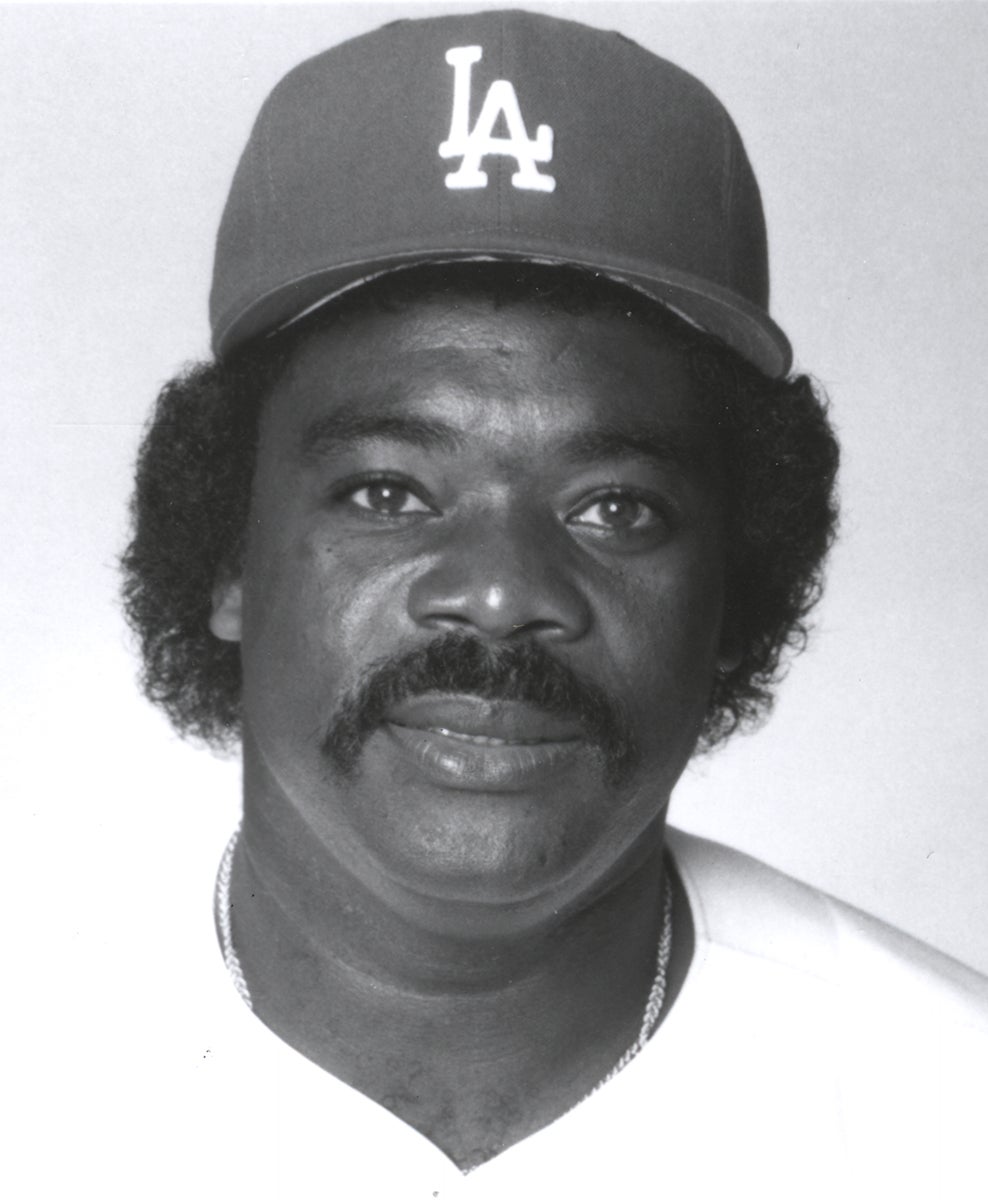
On Dec. 4, 1988, Los Angeles general manager Fred Claire traded top prospect Juan Bell along with relievers Brian Holton and Ken Howell to the Orioles in exchange for first baseman Eddie Murray. The move was meant to bolster a Dodgers team that rode the arm of Orel Hershiser to the 1988 World Series title but was in need of offense.
“In most cases, I don’t think the status quo works,” Claire told Gannett News Service at Baseball’s Winter Meetings in Atlanta. “You can’t say: ‘We won a World Championship. We don’t need to do anything.’
“We need to improve, and we feel we’ve done that with this trade.”
After deploying Franklin Stubbs and his .223 batting average at first base for much of the 1988 campaign and into the postseason, the Dodgers turned to Murray, who in 12 seasons in Baltimore had accumulated seven All-Star Game selections, five Top 5 finishes in the AL MVP voting and a World Series ring in 1983.
At the time of the trade, Murray – a Los Angeles native – was the 1980s American League leader in home runs (254) and RBI (908) and ranked second on the all-time home run list for switch-hitters (333) behind only Mickey Mantle.
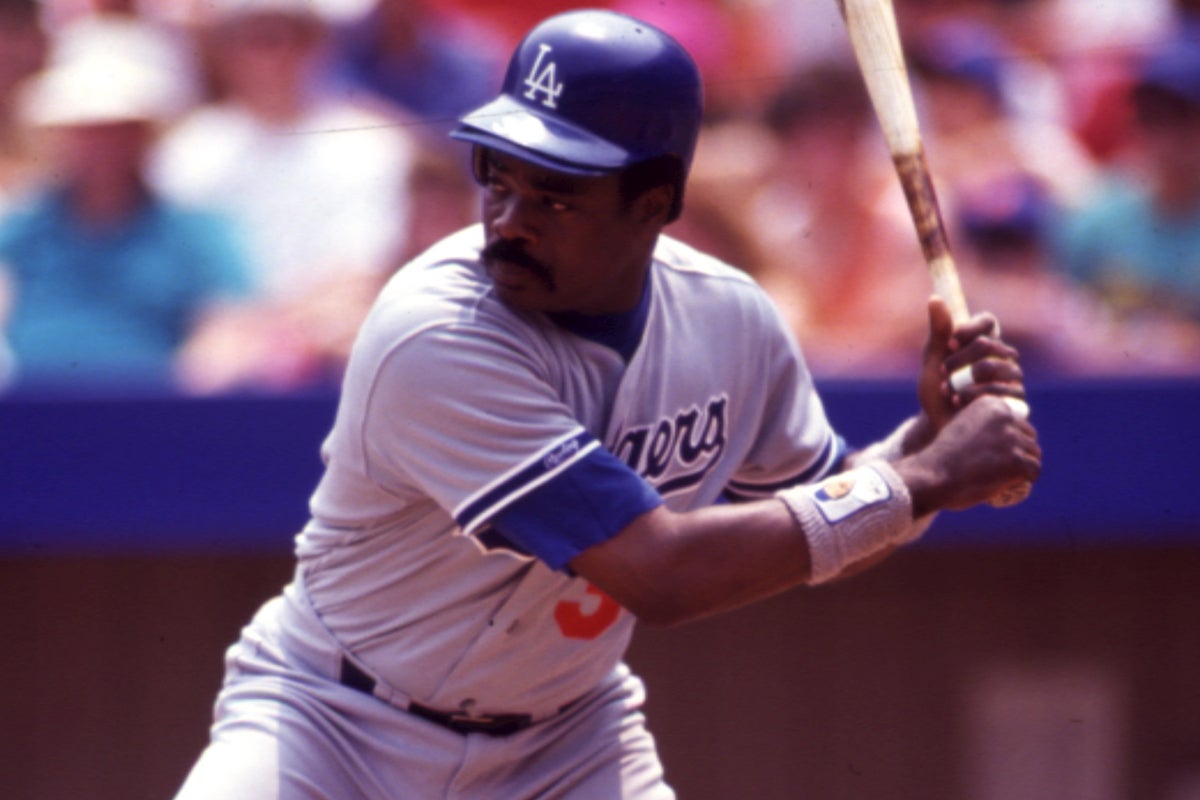
“(Murray) brought tremendous thrills to (Baltimore) and will never be forgotten,” Orioles general manager Roland Hemond told Gannett News Service. “He left behind a great legacy. (But) we have to march on and do all we can not only for 1989 but for years to come.”
Murray posted his typical stellar numbers in 1988, totaling 28 homers and 84 RBI with a .284 batting average over 161 games. But the Orioles began the season 0-21 and finished 54-107, making change inevitable.
Bell was seen as a potential shortstop as the Orioles contemplated moving Cal Ripken Jr. back to third base. But Bell was unable to gain a foothold on the Orioles’ roster until the 1991 season – and then only as a second baseman. His last year in the big leagues came in 1995 when Murray was still starring at age 39 with Cleveland.
Murray batted just .247 in 1989 with the Dodgers as he adjusted to the National League but still hit 20 home runs and drove in 88 runs. But in 1990, Murray bounced back with one of his best seasons – hitting .330 (finishing second in the NL batting race) with 26 home runs and 95 RBI while finishing fifth in the NL Most Valuable Player voting. It made the trade with the Orioles look even better as Baltimore committed at the time of the deal to pay part of Murray’s contract, which ran through the 1991 season and was worth a little more than $2.5 million per season.
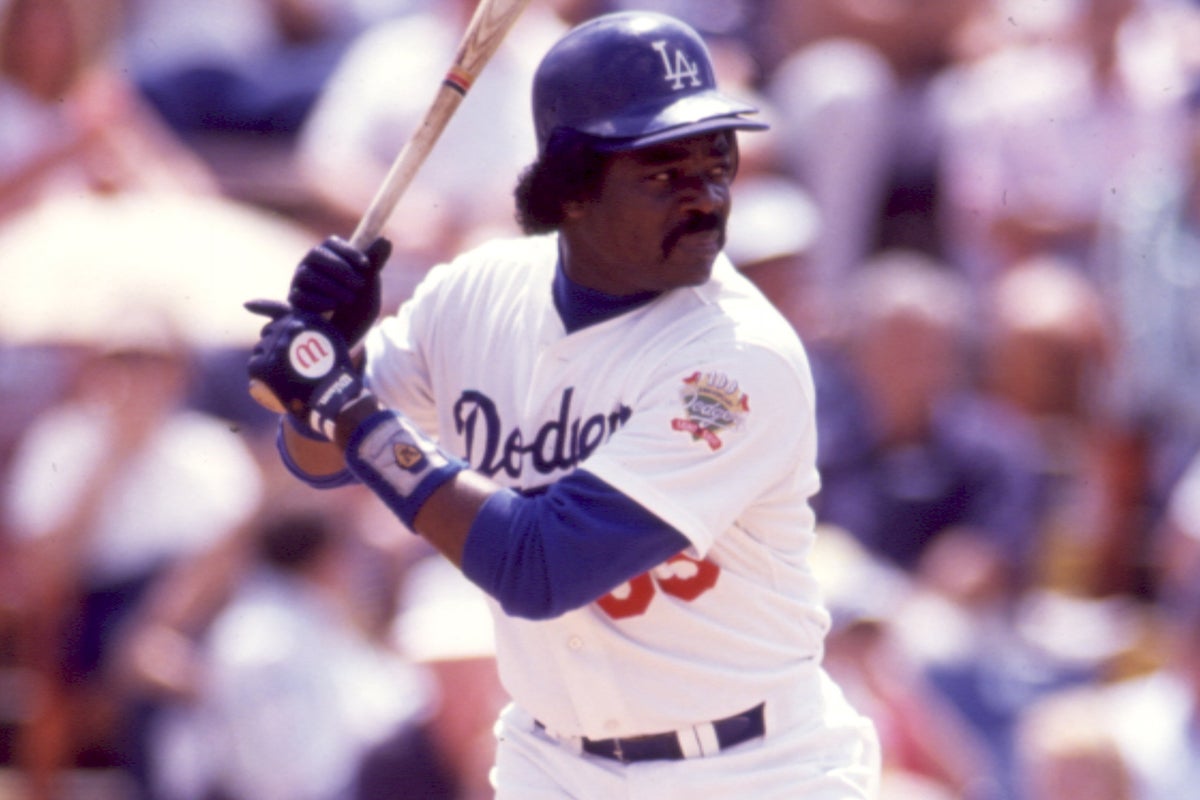
Holton pitched 116.1 innings for the Orioles as a spot starter/reliever in 1989 and then 33 more games in 1990 before his big league career ended. Howell was traded to the Phillies four days after the Murray trade in a deal that brought Phil Bradley to Baltimore.
Murray played three seasons with the Dodgers, earning an All-Star Game berth in 1991 before signing with the Mets as a free agent prior to the 1992 season – agreeing to a two-year deal worth a reported $7.5 million. In total, Murray played nine seasons following his trade to the Dodgers and retired with 504 home runs and 1,917 RBI – and at the time of his last game was one of only three players with at least 500 home runs and 3,000 hits.
He was elected to the Hall of Fame in 2003.
“The one thing about Eddie Murray,” Orioles general manager Pat Gillick told the Associated Press when Murray was hired as the team’s bench coach following his 1997 retirement as a player, “is that he’s a professional and he loves the game.”
Craig Muder is the director of communications for the National Baseball Hall of Fame and Museum

